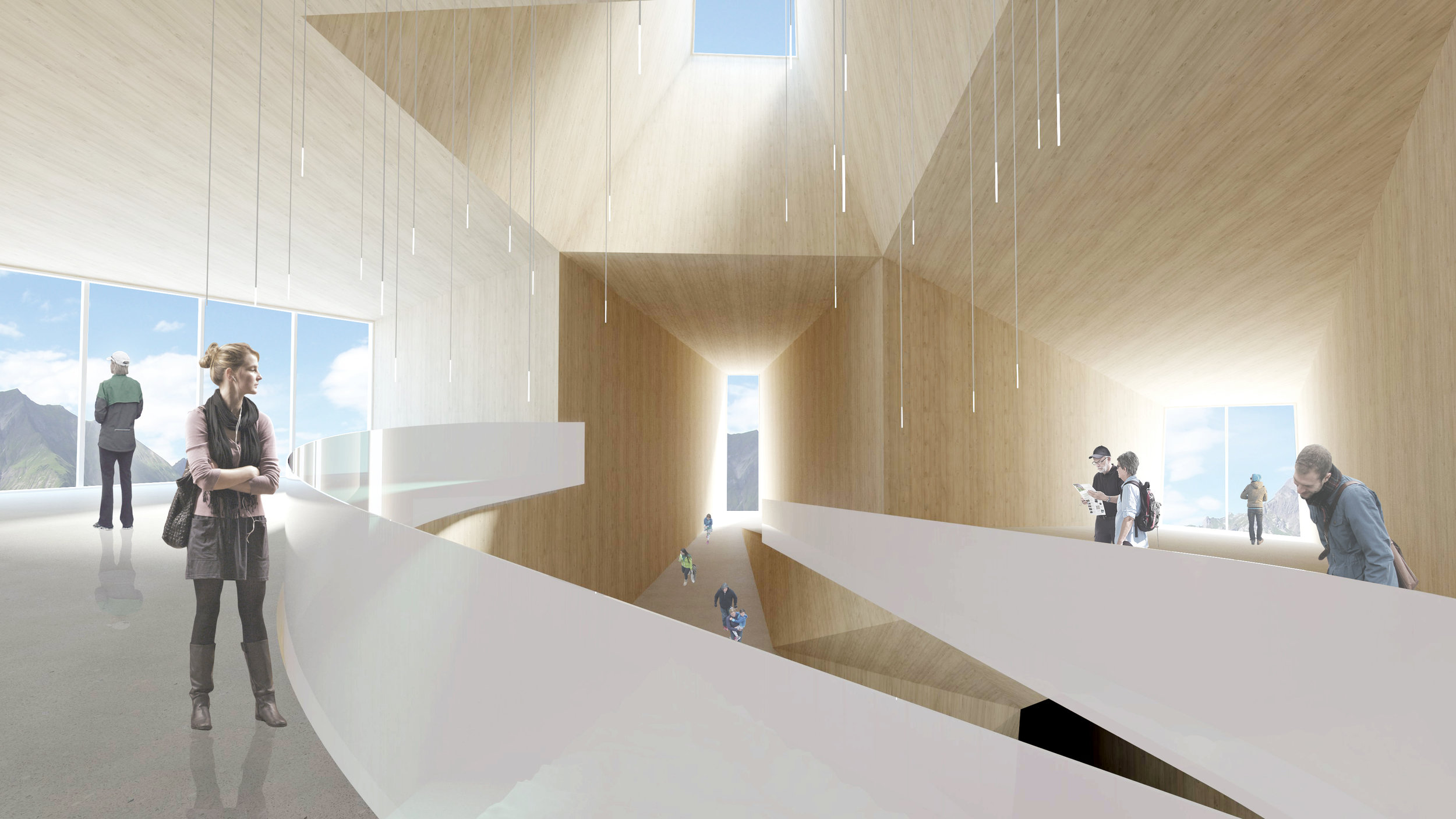Principal Investigators: Dr. Lars Lunghans, Geoffrey Thun, and Dustin Brugman. Project Coordinator: Dan Tish
Project funded by the Taubman College 2017 Research Though Making Grant
Published in the ACADIA 2017 Projects Catalog
Project DEscription
Latitudo Borealis aims to rethink building envelope construction for application in northern climates, by reversing the normative winter heat flow in order to increase building performance and decrease energy operational demand. Rather than heat flowing from inside to outside during the winter, the project has developed a series of experimental wall assemblies that passively store and transfer solar energy to direct heat through the wall assembly from outside to inside. This is explored through physical prototyping and testing of layered combinations of wood slat shading systems, heat absorbers, phase change materials (PCM), and cross laminated timber (CLT) panels.
To design the shading systems, the project has advanced research on genetic algorithm optimized processes that use highly detailed solar radiation data to produce hyper-localized shading configurations. The shades block excess summer radiation to prevent overheating while maximizing winter radiation to enable the reverse heat flow effect. A prototypical solar shading system is robotically fabricated through the development of new tools and processes to heat-bend wood slats to produce the highly variable forms necessitated by the optimization of the shading system.
The project includes the design of a speculative pavilion that explores how these new wall section typologies and fabrication methods might be deployed in a site-specific building scenario where the wall system avails a novel formal configuration. As a research project, advanced computational and file-to-fabrication processes enable the production of new mass timber wall assemblies that reduce the need for chemically-derived insulation while delivering improved energy performance and new architectural possibilities.








